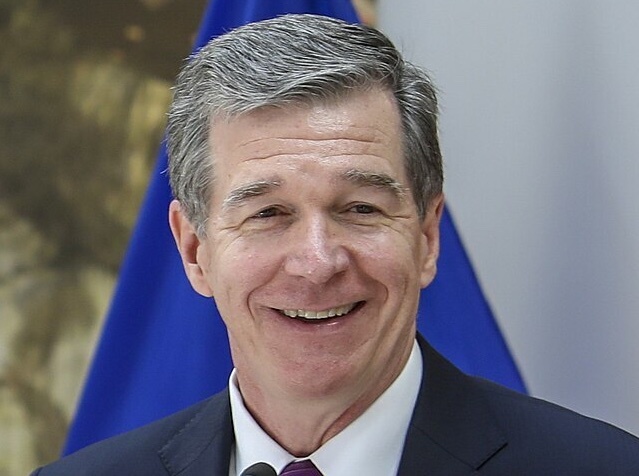Today North Carolina should hit a new threshold in the Covid-19 era: over a million confirmed cases since the pandemic began. But North Carolina may already be at a more important threshold: herd immunity.
Gov. Roy Cooper’s standard for removing all of his restrictions on people (including taking face masks off schoolchildren) was two-thirds adults at least partially vaccinated. But that ignores the contribution to community immunity provided by people with natural immunity.
According to the Centers for Disease Control and Prevention (CDC), and common sense before it, active immunity includes both natural immunity and vaccine-induced immunity. This post will therefore calculate both of those proportions for adult North Carolinians. It will involve some math work, however.
Vaccine-induced immunity
For vaccine-induced immunity, at least, it is easy. According to the state Department of Health and Human Services (DHHS), nearly 53% of North Carolina’s adult population are partially vaccinated.
Natural immunity
Estimating natural immunity is more difficult. First, the population of North Carolinians with natural immunity is unknown. Natural immunity comes through having had an infection, but that population will be much larger than those with confirmed cases of Covid-19.
According to the CDC, only about 1 in 4.3 infections of Covid-19 were actually reported. So the actual number of Covid infections in North Carolina is likely 4.3 times greater than the number of confirmed cases. If we set it at one million, that part of the math is also easy: 4.3 million infections. (Note: CDC has updated that figure to 1 in 4.2 infections; starting Sept. 20 the herd immunity calculations are using the 4.2 multiplier.)
Of course, we would also have to subtract out deaths with or from Covid. Rounding up yesterday’s number from DHHS would put that figure at 13,050. The rest would be assumed naturally immune: 4.287 million.
What is that proportion? Dividing by North Carolina’s estimated July 2021 population (10.7 million per the Office of State Budget and Management), we estimate that 40.1% of North Carolina’s population has natural immunity.
But given Cooper’s focus on adults, what is the adult proportion of North Carolinians with natural immunity? We must subtract out the estimated number of infections from people ages 0–17. That number is 541,800 infections. It was estimated by taking the number of confirmed cases (126,000 cases, rounded up) and multiplying it by the CDC’s 4.3 infections multiplier. (Per DHHS, this age group accounts for 0% of the state’s Covid deaths.)
We are left with 3,745,150 estimated adults in North Carolina with natural immunity, or 35.0% of adults.
But to determine the percentage of adults in North Carolina with active immunity, we can’t simply add the 35% estimated with natural immunity to the 53% with vaccine-induced immunity. We’d be double-counting those with natural immunity who also received a vaccine.
But how do we estimate the proportion of adults with natural immunity who also received a vaccine? A safe if conservative estimate would be to assume that they are vaccinated at the same rate as the rest of the population. With that assumption, we would discount 53% of those with natural immunity and only count the remaining 47%.
This gives us 1,760,221 estimated adults in North Carolina with natural immunity alone, or 16.5% of adults.
Estimated active immunity in North Carolina as of this writing
Adding the 53% of those adults partially vaccinated to the 16.5% with natural immunity alone would put North Carolina at 69.5% with active immunity. That proportion is obviously past Cooper’s two-thirds standard.
More importantly, having about 70% of adults in North Carolina with immunity from Covid would be in line with experts’ estimates of the need for 70% of the population with immunity in order to achieve herd immunity.
In short, North Carolina is very likely at herd immunity from Covid. If not yet, we will be very soon. It is evident by the state’s rapidly falling numbers of new cases and hospitalizations, as well as its Threat-Free Index hitting 99.9%.
Community immunity is very good news for North Carolinians.


